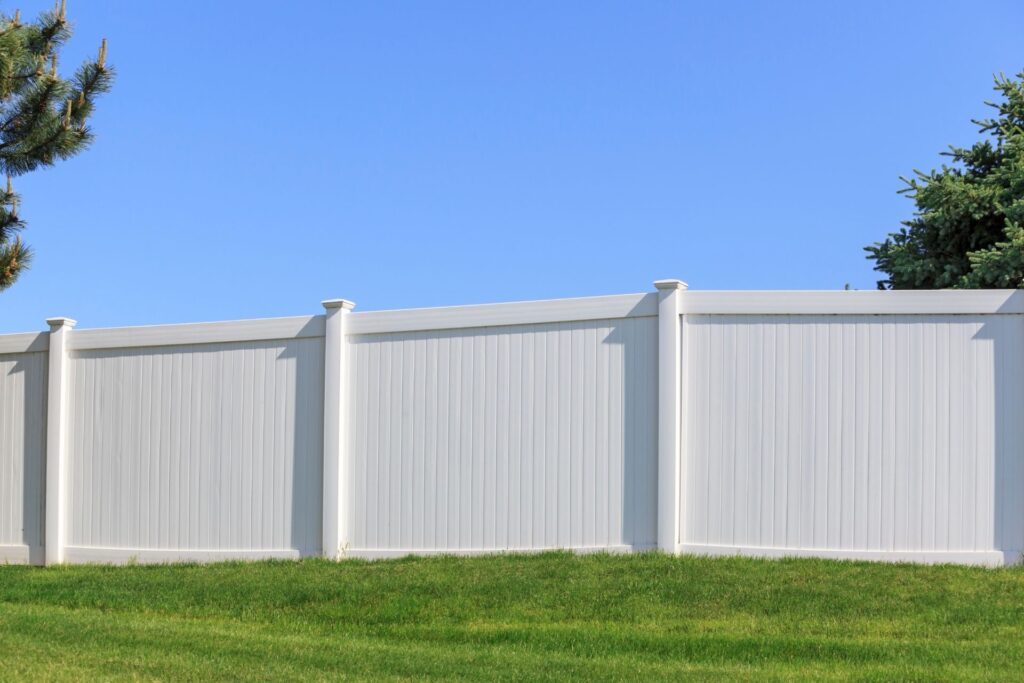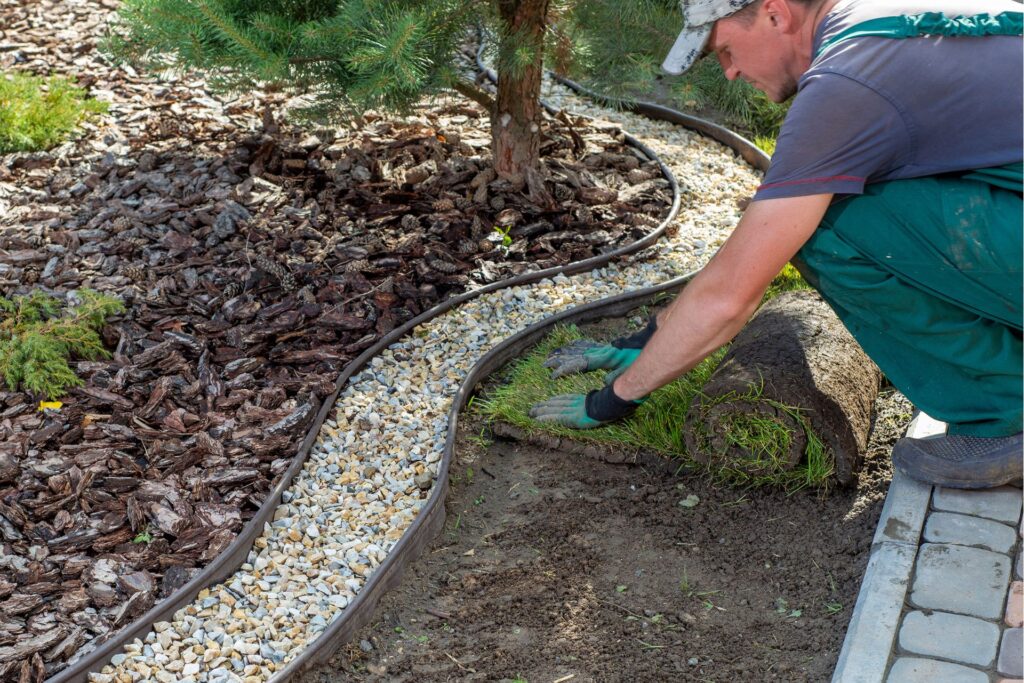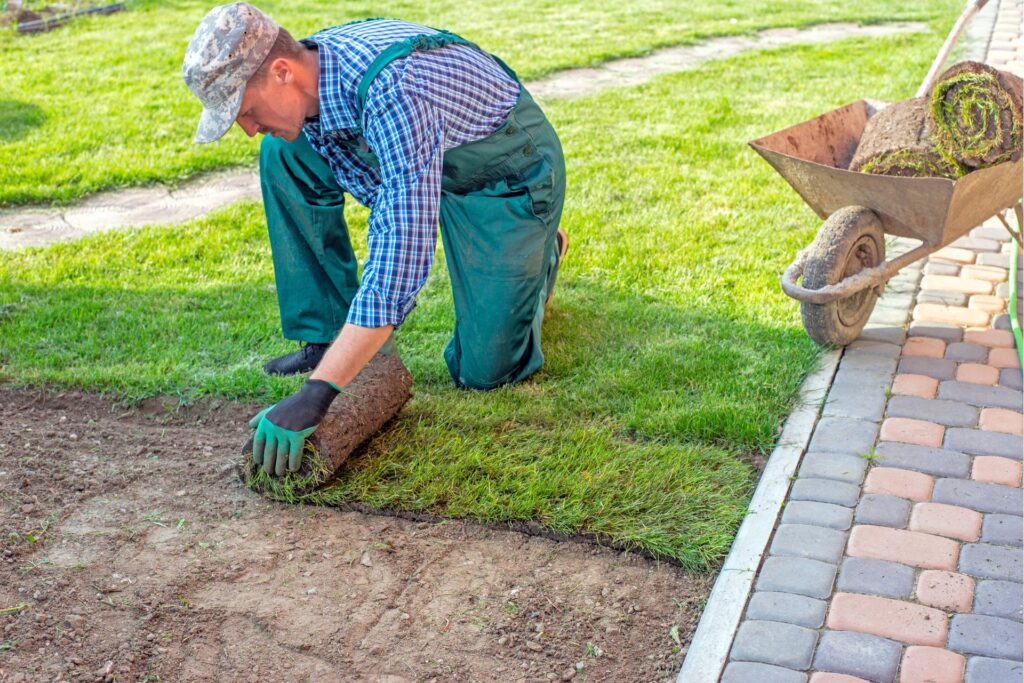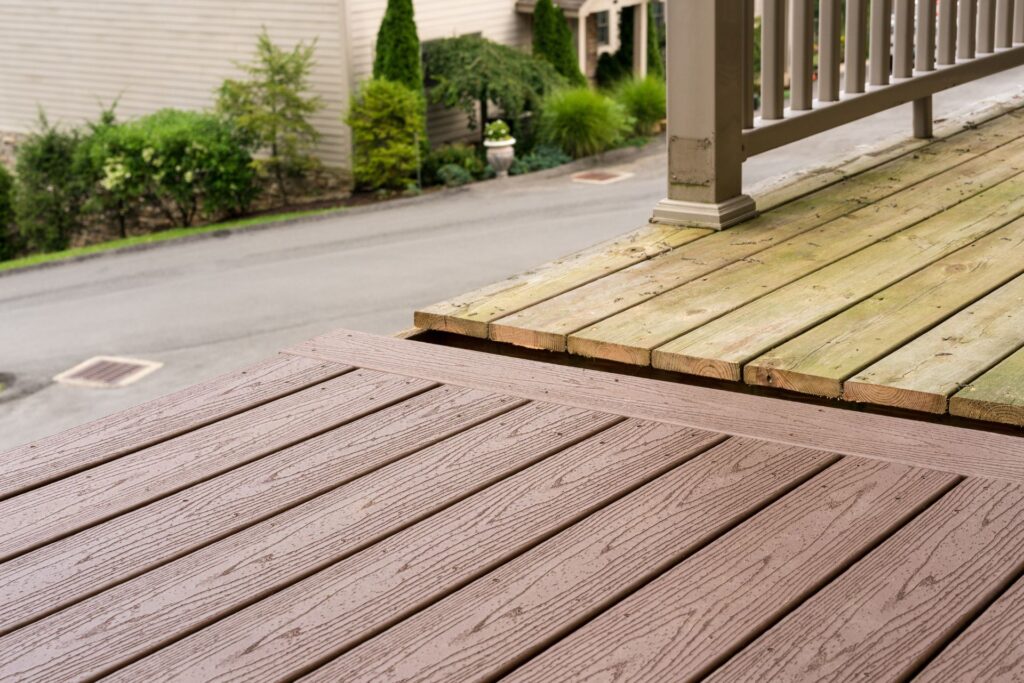Welcome to our comprehensive guide on the cost of fencing in New Zealand! Whether you’re looking to enhance the security, privacy, or aesthetic appeal of your property, understanding the various factors that influence fencing costs is crucial. In this blog post, we will explore the different types of fencing materials available, their respective costs, and additional expenses such as labor and maintenance. We’ll also provide valuable tips for budgeting your fencing project, highlight common mistakes to avoid, and share real-life case studies to give you a clearer picture of what to expect. By the end of this guide, you’ll be well-equipped with the knowledge to make informed decisions about your fencing needs in NZ.
On average, the cost of fencing in New Zealand varies based on material and labor. Wooden fences typically range from $75 to $120 per meter, metal fences from $90 to $150 per meter, and vinyl/PVC fences from $100 to $200 per meter. Additional expenses may include permits, land preparation, and maintenance. For an accurate estimate, consider the specific needs of your property and consult with local fencing contractors.
Factors Influencing The Cost Of Fencing In NZ
When planning to install a fence in New Zealand, it’s crucial to consider various factors that significantly influence the overall cost. Here’s a detailed breakdown to help you understand these components better:
Material Costs
Wood
Wooden fences are a popular choice due to their natural appearance and versatility. The cost can vary widely based on the type and quality of wood. Common options include pine, cedar, and redwood, each offering different levels of durability and aesthetic appeal. Pine is usually the most affordable but requires regular treatment to prevent rot and insect damage. Cedar and redwood, while more expensive, are naturally resistant to these issues and may have a longer lifespan.
Metal
Metal fencing comes in several types, including aluminum, steel, and wrought iron. Aluminum is lightweight and resistant to rust, making it a cost-effective option for coastal areas. Steel is sturdier but can be prone to rust if not properly coated. Wrought iron is the most expensive but offers a classic, elegant look and exceptional durability. Each metal type varies in cost, influenced by the material’s thickness, finish, and design complexity.
Vinyl/PVC
Vinyl or PVC fencing is known for its low maintenance and durability. It doesn’t rot, warp, or fade easily, making it a long-lasting option. However, it tends to be more expensive upfront compared to wood or some metals. The cost can vary based on the style, height, and color of the fence.
Composite Materials
Composite fences are made from a mix of wood fibers and plastic, offering the appearance of wood with the low maintenance of vinyl. They are resistant to rot, insects, and weather damage, but they come at a higher price point. The cost can differ based on the specific blend of materials and the fence design.
Chain-Link
Chain-link fencing is one of the most affordable and durable options available. It’s commonly used for its practicality rather than aesthetics. Costs can vary based on the height of the fence, the gauge (thickness) of the wire, and whether it is coated with materials like vinyl for added durability and appearance.
Labor Costs
Professional Installation vs. DIY
The decision to hire a professional or undertake a DIY project can significantly impact your fencing costs. Professional installation ensures expertise and efficiency, but it comes with labor charges. DIY can save on labor costs, but it requires time, effort, and a certain level of skill. Mistakes made during a DIY project can also lead to additional expenses.
Regional Variations in Labor Costs
Labor costs can vary across different regions in New Zealand. Urban areas like Auckland or Wellington may have higher labor costs compared to rural regions due to the higher cost of living and demand for skilled labor. It’s advisable to get quotes from local contractors to understand the regional pricing differences.
Additional Costs
Permits and Regulations
Depending on your location and the type of fence you plan to install, you may need to obtain permits. Local councils have specific regulations regarding fence height, materials, and boundaries. The cost of permits can add to the overall expense, so it’s essential to check with your local council for any required approvals.
Land Preparation
Before installing a fence, the land needs to be prepared. This can involve clearing vegetation, leveling the ground, and removing any obstacles. These preparatory steps can incur additional costs, especially if your property has challenging terrain or significant obstructions.
Extras
Additional features such as gates, decorative elements, or custom designs can increase the cost of your fence. Gates are necessary for access but come in various styles and materials, impacting their price. Decorative elements like latticework or ornamental tops can enhance the fence’s appearance but also add to the overall cost.
Maintenance Costs
Long-Term Upkeep for Different Materials
The long-term maintenance requirements and costs vary depending on the material of the fence. Wood fences require regular treatments and staining to prevent rot and insect damage. Metal fences may need periodic painting or coating to prevent rust. Vinyl and composite fences are relatively low-maintenance, but cleaning and occasional repairs may still be necessary. Considering these ongoing costs is crucial for budgeting the total expense of your fencing project.
By understanding these factors, you can make informed decisions and accurately estimate the cost of your fencing project in New Zealand. This comprehensive approach ensures that you choose the best materials and installation methods to suit your budget and needs.

Types Of Fencing And Their Costs
When planning to install a fence, it’s essential to understand the different types available and their associated costs. In New Zealand, the choices are varied, each offering unique benefits and drawbacks. Here’s a detailed look at the most common fencing types:
Wooden Fences
Cost per Meter: Wooden fences typically range from NZD $75 to $120 per meter, depending on the type of wood and the complexity of the design.
Pros and Cons:
- Pros: Wooden fences are aesthetically pleasing and blend well with natural surroundings. They offer privacy and can be customized with paint or stains. Additionally, wood is a renewable resource.
- Cons: Wood requires regular maintenance to prevent rot, warping, and insect damage. It may need to be painted or stained periodically to maintain its appearance and durability.
Popular Wood Types in NZ:
- Pine: Pine is a cost-effective option and is readily available. It’s treated to withstand the elements, making it a popular choice.
- Cedar: Cedar is more expensive but offers natural resistance to decay and insects. It also has a pleasant aroma and an attractive appearance.
Metal Fences
Cost per Meter: Metal fences can vary significantly in price, typically ranging from NZD $150 to $300 per meter, depending on the material and design.
Pros and Cons:
- Pros: Metal fences are durable, secure, and require minimal maintenance. They are resistant to weather conditions and provide a strong barrier for security.
- Cons: Metal fences can be more expensive than other options and may not offer as much privacy. They can also be prone to rust if not properly treated.
Common Uses:
- Residential: Often used for their security and modern look.
- Commercial: Preferred for their strength and durability in protecting property and assets.
Vinyl/PVC Fences
Cost per Meter: Vinyl fences usually range from NZD $100 to $200 per meter.
Pros and Cons:
- Pros: Vinyl fences are low-maintenance, resistant to weathering, and do not require painting or staining. They are also easy to clean and can mimic the appearance of wood.
- Cons: The initial cost can be higher than wood, and extreme temperatures can cause vinyl to become brittle and crack.
Durability and Maintenance: Vinyl fences are known for their long-lasting durability. They do not rot, rust, or attract pests, making them an excellent choice for longevity with minimal upkeep.
Composite Fences
Cost per Meter: Composite fences typically cost between NZD $200 and $350 per meter.
Pros and Cons:
- Pros: Composite fences are made from recycled materials, making them an eco-friendly option. They are durable, low-maintenance, and resistant to rot and insects. They also offer a variety of colors and styles.
- Cons: They can be more expensive upfront compared to wood or vinyl and may require professional installation.
Eco-Friendly Options: Many composite fences are made from a combination of recycled wood fibers and plastic, reducing the environmental impact and providing a sustainable fencing solution.
Chain-Link Fences
Cost per Meter: Chain-link fences are among the most affordable options, costing around NZD $60 to $120 per meter.
Pros and Cons:
- Pros: Chain-link fences are cost-effective, durable, and require little maintenance. They are ideal for security and pet containment and allow for visibility.
- Cons: They offer limited privacy and can be less aesthetically pleasing compared to other fencing options.
Uses for Security and Pet Containment: Chain-link fences are commonly used in residential and commercial settings where security is a priority. They are also popular for pet enclosures due to their strength and visibility.
In summary, choosing the right type of fence depends on your budget, aesthetic preferences, and specific needs. Whether you prioritize cost, durability, maintenance, or environmental impact, understanding these factors will help you make an informed decision for your property.
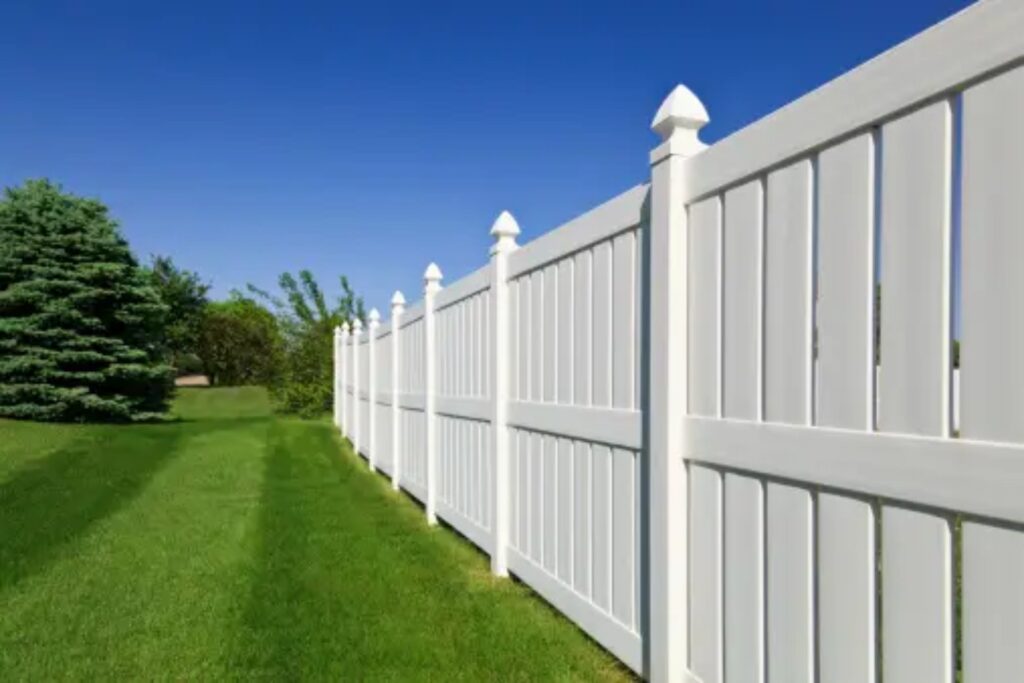
Budgeting For Your Fencing Project
Budgeting is a crucial step in any fencing project. It helps you stay on track financially and ensures you can achieve your desired results without overspending. Here’s a comprehensive guide on how to effectively budget for your fencing project:
Setting a Budget
Assessing Your Needs and Preferences
The first step in setting a budget is understanding your specific needs and preferences. What type of fence are you looking for? Do you need a privacy fence, a decorative one, or something that provides security? The materials you choose, the length of the fence, and any additional features like gates or decorative elements will all impact the overall cost.
Estimating Total Project Costs
Once you’ve determined your needs, it’s time to estimate the total project costs. Start by measuring the area where the fence will be installed to get an idea of the amount of material you’ll need. Next, research the costs of different materials. Wood, vinyl, and metal all have different price points. Don’t forget to factor in the cost of labor if you plan to hire a professional installer. It’s also wise to include a contingency fund for unexpected expenses that may arise during the project.
Cost-Saving Tips
Comparing Quotes from Multiple Contractors
One of the most effective ways to save money on your fencing project is to compare quotes from multiple contractors. By doing this, you can ensure you’re getting the best possible price for the work. Be sure to ask each contractor for a detailed breakdown of their quote so you can compare the costs of materials, labor, and any additional fees.
Choosing Cost-Effective Materials
Choosing cost-effective materials can significantly reduce your overall expenses. While high-end materials like wrought iron can be appealing, they might not be necessary for your needs. Consider more affordable options like wood or vinyl, which can still provide durability and aesthetic appeal without breaking the bank.
DIY vs. Professional Installation
Another way to save money is by considering a DIY installation. If you have the skills and tools, installing the fence yourself can eliminate labor costs. However, keep in mind that professional installation can ensure the job is done correctly and might save you money in the long run by avoiding potential mistakes.
Financing Options
Payment Plans
If the upfront cost of your fencing project is a concern, look into payment plans offered by fencing companies. Many contractors provide flexible payment options that allow you to spread out the cost over several months, making it more manageable for your budget.
Loans and Credit Options
Another financing option is to consider taking out a loan or using credit. Home improvement loans can be a good choice for larger projects, offering lower interest rates than standard credit cards. Some homeowners also use home equity lines of credit (HELOCs) to finance their fencing projects. Be sure to compare interest rates and terms to find the best option for your financial situation.
By carefully setting a budget, exploring cost-saving tips, and considering various financing options, you can successfully manage the financial aspects of your fencing project. Taking the time to plan ahead will help you achieve a beautiful, functional fence without overspending.
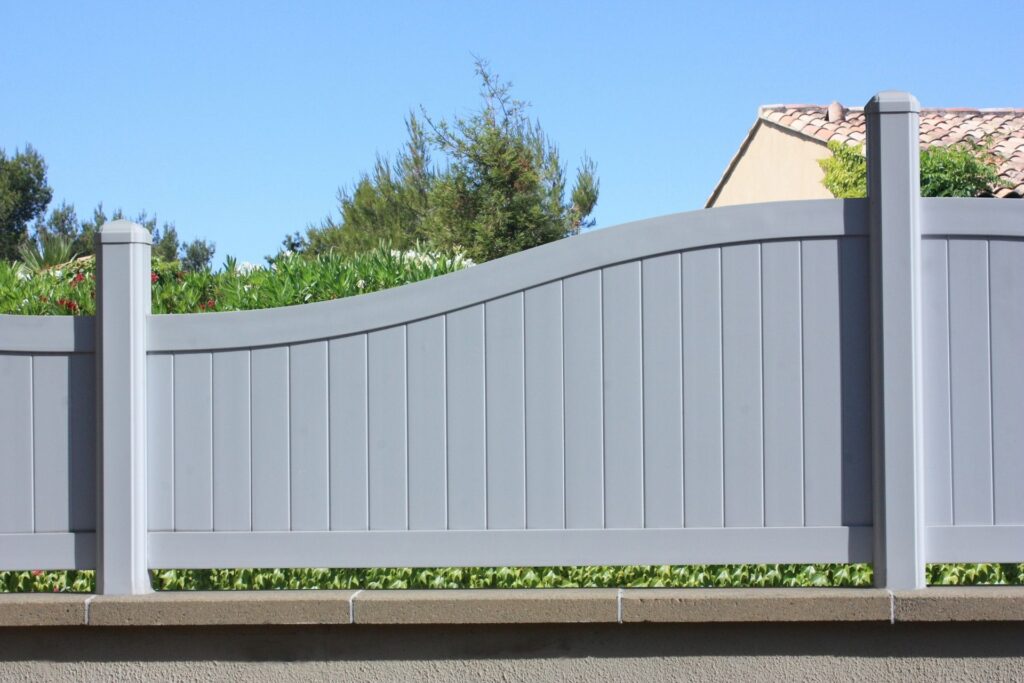
Common Mistakes To Avoid When Planning Your Fence
Planning a fence may seem straightforward, but there are several pitfalls that homeowners frequently encounter. Avoiding these common mistakes can save time, money, and frustration. Here’s a closer look at some of the key errors to watch out for:
Ignoring Local Regulations
One of the most critical mistakes people make is failing to check local regulations before starting their fencing project. Every area has its own set of rules and guidelines, often enforced by local councils, that dictate what you can and cannot do when it comes to fencing.
Importance of Checking with Local Councils
Local regulations can include height restrictions, boundary requirements, and design guidelines. These rules are in place to ensure uniformity and safety within communities. Ignoring these regulations can result in fines or being forced to modify or remove your fence, leading to additional expenses and headaches.
Common Permits and Rules
Many regions require permits for fencing projects, especially for fences over a certain height or those that run along property lines. It’s crucial to consult with your local council to understand what permits are necessary. Obtaining the correct permits not only keeps you compliant with the law but also ensures that your fence is safe and meets all necessary standards.
Underestimating Costs
Another frequent error is underestimating the overall costs of the fencing project. It’s easy to focus on the price of materials and labor, but there are often hidden expenses that can catch you off guard.
Hidden Expenses
One common hidden cost is the removal of an old fence. This can involve significant labor and disposal fees that need to be factored into your budget. Additionally, unexpected issues such as difficult terrain or poor soil quality can require additional preparation and materials, further increasing costs.
Impact of Terrain and Soil Quality
The type of terrain and the quality of the soil where the fence will be installed can have a major impact on the project’s cost. Rocky or uneven ground may require special tools and more labor to install posts securely. Similarly, certain soil types might necessitate deeper posts or additional stabilization methods, all of which add to the expense.
Choosing the Wrong Material
Selecting the right material for your fence is crucial, yet many people make the mistake of choosing materials based solely on initial cost or aesthetics without considering their specific needs and local conditions.
Matching Material to Purpose and Climate
The material you choose should be suited to your fence’s purpose and the climate in your area. For example, a wooden fence might look great, but it requires regular maintenance and may not be ideal in areas with high humidity or heavy rainfall. In contrast, materials like vinyl or metal might offer better durability and lower maintenance in certain climates.
Long-Term Implications
The wrong material can lead to higher maintenance costs and a shorter lifespan for your fence. It’s important to consider the long-term implications of your choice. Investing in a higher-quality material that is well-suited to your environment can save you money and hassle in the long run. Think about factors like weather resistance, maintenance requirements, and overall durability when making your decision.
By paying attention to these common mistakes and taking steps to avoid them, you can ensure that your fencing project goes smoothly and results in a functional, attractive, and durable addition to your property. Always remember to do thorough research, plan carefully, and consult with professionals when necessary to achieve the best outcome.
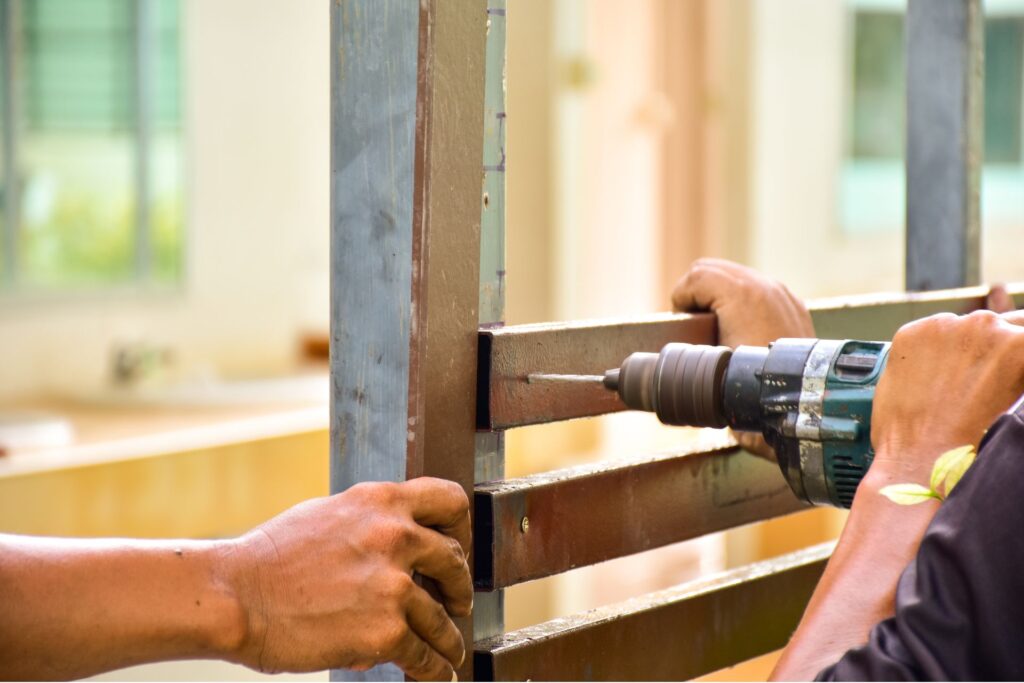
Case Studies And Real-Life Examples
Case Study 1: A Suburban Family Installing a Wooden Fence
Project Details
The Smith family, living in a suburban neighborhood, decided to install a wooden fence around their backyard to enhance privacy and security for their children and pets. They opted for a classic picket fence style that matched the aesthetic of their home. The project spanned over two weekends and involved both professional help and DIY efforts from the family.
Cost Breakdown
- Materials: $1,200 (including wood panels, nails, and paint)
- Labor: $800 (hiring a local contractor for part of the installation)
- Permits and Miscellaneous: $100 (local permits and additional tools)
Challenges and Solutions
The Smiths encountered a few challenges during the project. Firstly, they discovered uneven ground in their yard, which complicated the installation. To address this, they adjusted the fence posts’ heights to maintain a level top line. Secondly, unexpected rain delayed the painting process. They tackled this by using a quick-dry exterior paint, which allowed them to complete the project without further delays.
Case Study 2: A Business Securing Its Premises with a Metal Fence
Project Details
XYZ Corporation decided to install a metal fence around their office building to enhance security. The chosen design was a sturdy wrought iron fence with pointed tops to deter trespassers. The installation was carried out by a professional fencing company and completed within a week, ensuring minimal disruption to business operations.
Cost Breakdown
- Materials: $5,000 (high-quality wrought iron)
- Labor: $2,000 (professional installation services)
- Permits and Miscellaneous: $300 (security permits and additional fixtures)
Benefits Realized
Post-installation, XYZ Corporation observed several benefits. The fence not only improved security but also added a prestigious look to the property, enhancing its curb appeal. Additionally, the company experienced a reduction in unauthorized access, leading to a safer environment for employees and clients.
Case Study 3: A Rural Property Using Vinyl Fencing
Project Details
The Johnsons, who own a large rural property, opted for vinyl fencing to enclose their farmland. They selected vinyl due to its durability and low maintenance requirements. The project covered a significant area and was completed over a month with the help of local farmhands and a fencing specialist.
Cost Breakdown
- Materials: $10,000 (vinyl panels, posts, and gates)
- Labor: $3,000 (combination of hired help and specialist services)
- Permits and Miscellaneous: $200 (rural zoning permits and installation tools)
Long-term Maintenance Savings
One of the key advantages for the Johnsons was the long-term cost savings on maintenance. Unlike wood or metal, vinyl does not require painting, staining, or rust treatment. Over the years, this has saved the Johnsons a considerable amount of money and time, making vinyl fencing a cost-effective solution for their needs.
By examining these case studies, you can see a variety of fencing options, their costs, and the unique challenges each project faced. Whether you’re a homeowner seeking privacy, a business enhancing security, or a rural property owner looking for low-maintenance solutions, these real-life examples provide valuable insights into what you can expect when undertaking a fencing project.
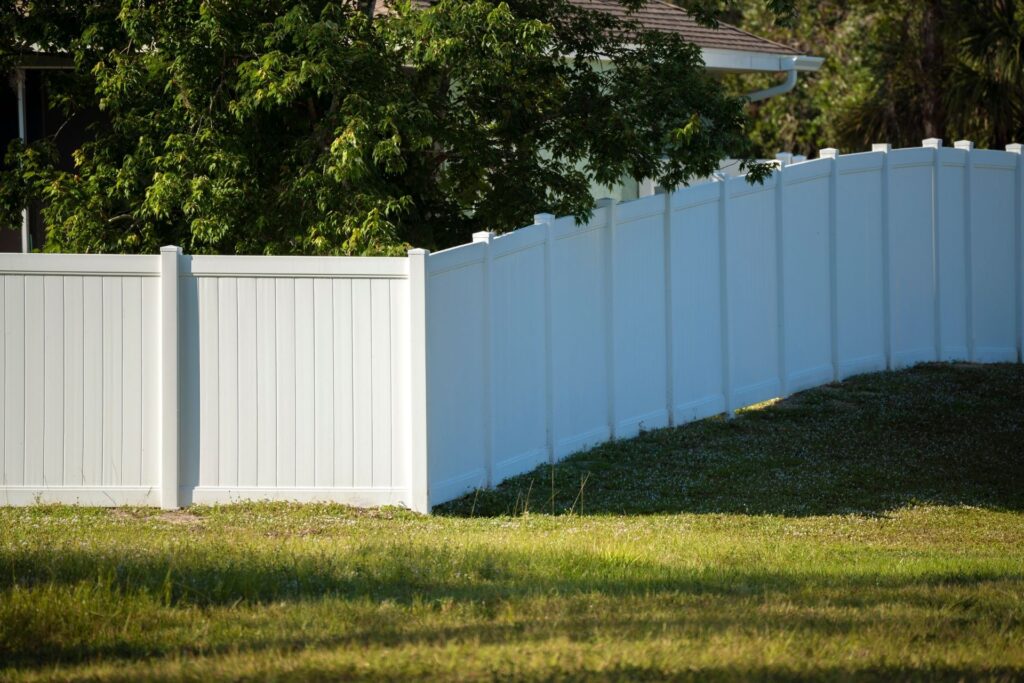
FAQs: About Cost Of Fencing NZ
Conclusion
In conclusion, planning and budgeting for a fencing project in New Zealand requires careful consideration of various factors. From understanding the different types of fencing materials available, such as timber, metal, and composite, to considering the installation and maintenance costs, homeowners need to weigh their options based on their specific needs and budget. It’s crucial to assess the property’s terrain and local climate conditions to ensure the chosen fence will be durable and effective. As a final tip, always plan ahead and allocate a reasonable budget for unexpected expenses that might arise during the project. For the best results, consult with local fencing contractors who can provide personalized quotes and expert advice tailored to your unique requirements. By doing so, you can ensure a smooth and successful fencing project that enhances your property’s security and aesthetic appeal.
About the Author:
Mike Veail is a recognized digital marketing expert with over 6 years of experience in helping tradespeople and small businesses thrive online. A former quantity surveyor, Mike combines deep industry knowledge with hands-on expertise in SEO and Google Ads. His marketing strategies are tailored to the specific needs of the trades sector, helping businesses increase visibility and generate more leads through proven, ethical methods.
Mike has successfully partnered with numerous companies, establishing a track record of delivering measurable results. His work has been featured across various platforms that showcase his expertise in lead generation and online marketing for the trades sector.
Learn more about Mike's experience and services at https://theleadguy.online or follow him on social media:

